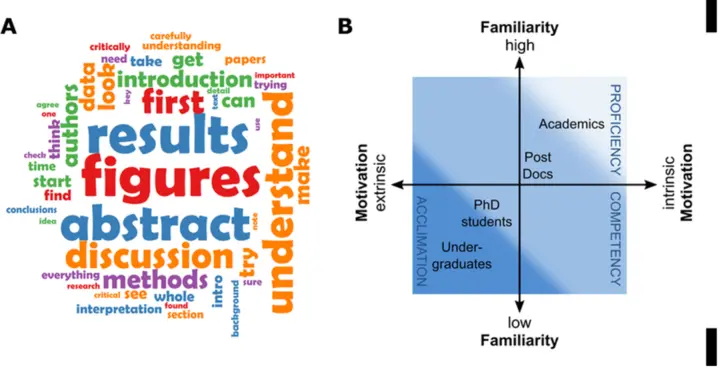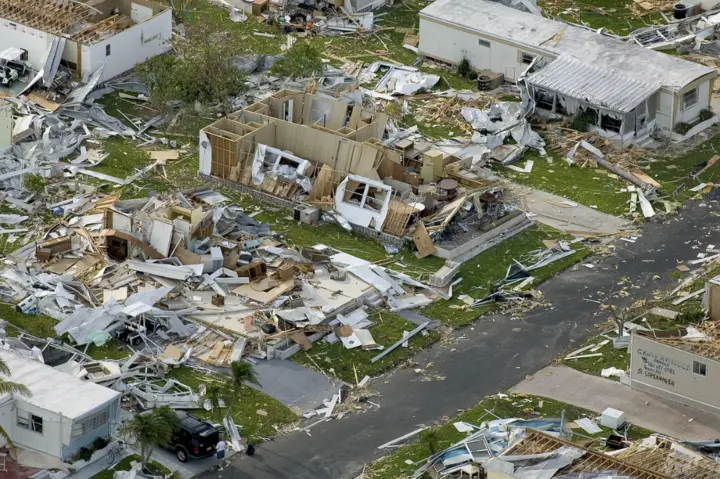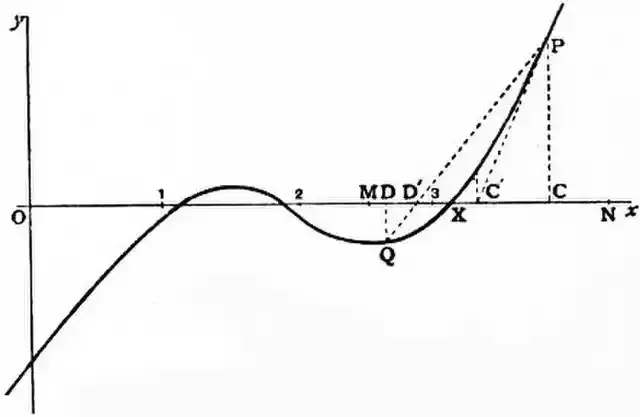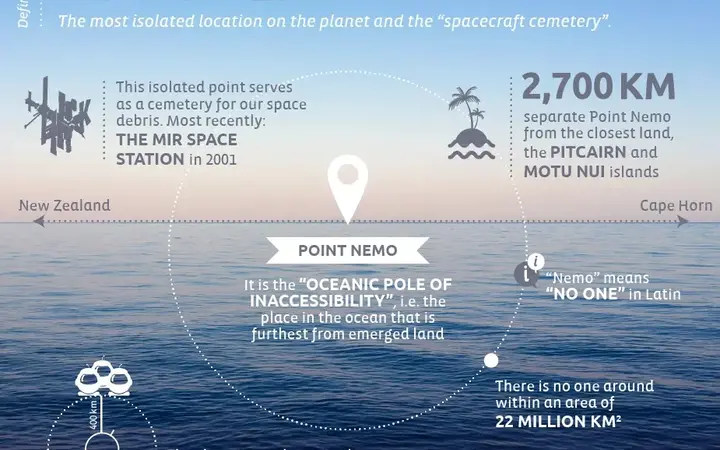The Five Great Scandals in Climatology
Science is science because it is able to correct itself. This means that when researchers take a dead end, they turn around and look for another. However, science in highly politicized situations may face obstacles in correcting itself, meaning it can be difficult to change course when science deviates from its course. This is especially true when bad science becomes politically important. And here climatology finds itself in 2024.
Show key points
- Science is inherently self-correcting, but when politically entangled, its ability to adjust course is often hindered.
- A widely cited climate study used a completely fabricated dataset created by interns, yet reputable journals and institutions refused to retract it.
- A paper summarizing IPCC findings was retracted not for scientific flaws but for presenting an unpopular viewpoint, highlighting politicization in climate publishing.
- ADVERTISEMENT
- An acknowledged error in an IPCC report on hurricane intensity was neither corrected nor addressed, raising concerns about transparency.
- The NOAA's "billion-dollar disasters" dataset lacks methodological clarity and transparency, yet it remains a key climate change indicator.
- Climate science continues to favor extreme emissions scenarios like RCP
- 5, despite their unrealistic assumptions and disconnection from current trends.
- The influence of politics in climate science leads to flawed research being promoted and valid dissenting views being suppressed, eroding public trust.
The reader knows that climate change is real and poses risks. At the same time, the climate science community seems to have lost its collective ability to expose bad science and get things back on track. In this article we show the 5 biggest scandals in climate science that have occurred over the past few years. We must start with what is meant by scandal in this content. What is meant by scandal here is a case of objectively flawed science – in substance, in procedure or in both – that the scientific community has not been able to correct, but must do.
Recommend
1- The trainees created a "dataset" and we used it in the research:

Who can forget the devastating 1974 hurricane? It was an example of an imaginary disaster in a fictional "dataset". The journal Proceedings of the National Academy of Sciences (PNAS) – presumably one of the best scientific journals – published a research paper using a "dataset" compiled together by some interns to market for a now-defunct insurance company. In fact, no such set of data existed in the real world – it was fiction. The paper in question is the only study that claims to identify a reference to human-induced climate change in disaster losses and has therefore been highlighted by both the IPCC and the U.S. National Climate Assessment. This context makes correcting or withdrawing them a political problem. When the National Academy of Sciences Proceedings learned that the dataset was fake, they refused to look at it and stood behind the paper and blocked any reconsideration.
The International Panel on Climate Change and the U.S. National Weather Agency had more than 60 studies reviewed by other scientists, which could have been cited on detecting and attributing trends in extreme weather-related natural losses around the world. Guess which study they chose to promote? The study containing false data.
2- Pull out an article that shows an unpopular view:

The scientific community has shown its willingness to withdraw a scientific paper on climate – in this case not because it is wrong in any substantial way, but instead because it has expressed a politically unhelpful view. In 2022, a group of Italian scientists published a paper summarizing the IPCC's conclusions on extreme weather trends. This article was just a useful review of previous literature. However, many journalists and activist scientists demanded its withdrawal – surprisingly, the journal Springer Nature that published the paper responded to them and withdrew the article.
3- A big mistake in the Intergovernmental Panel on Climate Change:

The International Panel on Climate Change is an excellent body, and if it did not exist, we would have to invent it. Not surprisingly, some bugs sneak in, but what matters is what happens when you discover errors. A major mistake crept into one of the IPCC reports, and it was about the intensity of hurricanes – in fact it was a minor mistake related to the technical terms that were misunderstood (hurricane measurements – reinterpreted as hurricanes). But this simple mistake was not acknowledged, nor corrected.
4- Disasters worth one billion dollars as the best indicator of climate change:
Much has been done for the so-called "billion-dollar disasters" table promoted by the National Oceanic and Atmospheric Administration. Indeed, a follower of this table can see its transformation from a clever marketing hoax into a leading scientific indicator of climate change. This Dataset uses unpublished methods, and different versions of the table include undocumented entries and changes. A peer-reviewed paper was recently published documenting problems with the dataset and its complete lack of transparency. Despite the obvious flaws in the table, it is a good example of a bad flag that has become too large to fail.
5- A love story with extreme emission scenarios:

Extreme emissions scenarios that paint an unreasonable, almost catastrophic, future are favorites in climate research and assessment. This area is still dominated by a scenario called RCP8.5 – which sees coal consumption increase more than 10-fold by 2100. However, with the scientific community accepting the absurdity of the RCP8.5 scenario, efforts are being made to replace it with a second extreme scenario, but it also predicts a massive increase in coal (about 6 times), and predicts a world of about 13 billion people in 2100, which is far more than the United Nations projections. In fact, there are many stories about how extreme scenarios have eaten away at climate science and the stubborn refusal of the scientific community to redirect. Climate and policy debates are often based on the unreality of unrealistic scenarios, and course correction has so far proved impossible.
The end:

In this article we have shown the 5 largest "scientific" scandals related to climate science. In fact, there are many others, and the reason is the intervention of science in climate policy, as well as the interference of politics in science. Care should be taken and people should be made aware of this topic.
![]()
The ten most lonely things in the world
The loneliest whale in the world sings at a frequency no other whale can hear. The only tree in a 400 km stretch of desert was hit by a drunk driver. A little robot named Curiosity sings “Happy Birthday” to itself every year on Mars. more- ADVERTISEMENT
![]()
A river pushes the summit of Mount Everest up
Mount Everest, rising over 8,848 meters, stands as a giant shaped by tectonic power. Though rivers usually erode, a thought-provoking idea explores if sediment buildup could subtly aid Everest’s growth. This fascinating concept highlights how even opposing natural forces—like erosion and uplift—can together shape the Earth’s greatest peaks. more- ADVERTISEMENT
![]()
How to create a small online store for online sales?
Starting an online store is a smart move to sell your products and reach more people. Begin small, focus on unique items, choose a catchy store name, and use easy platforms like Shopify or Wix. Good design, secure payments, solid marketing, and great service are key to your store’s success. more- ADVERTISEMENT
![]()
Equations That Changed the World of Physics: A Historical View
Equations That Changed the World of Physics: A Historical View more- ADVERTISEMENT
![]()
Despite software piracy - how to win Microsoft?
Despite Windows piracy, Microsoft thrives with massive profits from OEM deals, cloud services like Azure, Office 365, and products like Xbox and Surface. Its strong brand, user base, and constant innovation keep it ahead, while many users still prefer legal software for security and reliability. more- ADVERTISEMENT
![]()
5 practices and habits to avoid forgetting
5 practices and habits to avoid forgetting more- ADVERTISEMENT
![]()
Nemo Point: the most isolated location on the planet
Point Nemo, the ocean’s most remote spot, lies in the South Pacific, 2,700 km from any land. It’s so isolated that astronauts are often the closest humans. Known as a spacecraft graveyard, it’s also inspired fiction from Jules Verne to Gorillaz’s Plastic Beach album. more- ADVERTISEMENT
![]()
A book that may interest you - Influence: The Psychology of Persuasion
A book that might interest you - Influence_ The Psychology of Persuasion more- ADVERTISEMENT
![]()
Makkah: A Journey of Faith to the Most Holy Place on Earth
Makkah is more than a city—it’s a powerful spiritual journey. Standing before the Kaaba, climbing Jabal al-Nur, or praying at Mount Arafat offers a deep connection to history, faith, and humanity. For any traveler, Mecca promises a unique and unforgettable experience rooted in timeless Islamic heritage. more- ADVERTISEMENT
![]()
Golden tips from a Google CEO for exceptional career growth
Golden Tips From a Google Exec for Exceptional Career Growth more- ADVERTISEMENT





















